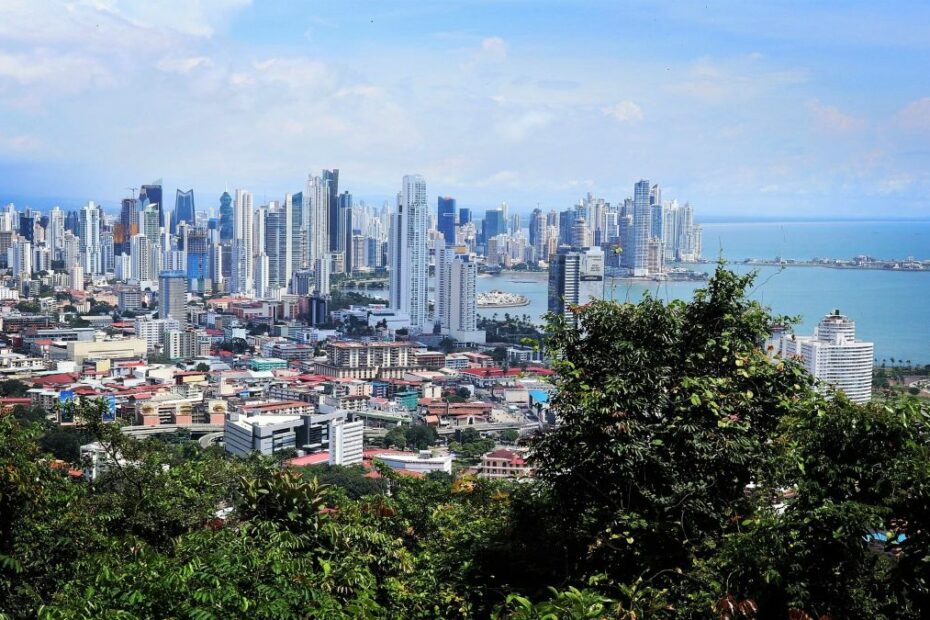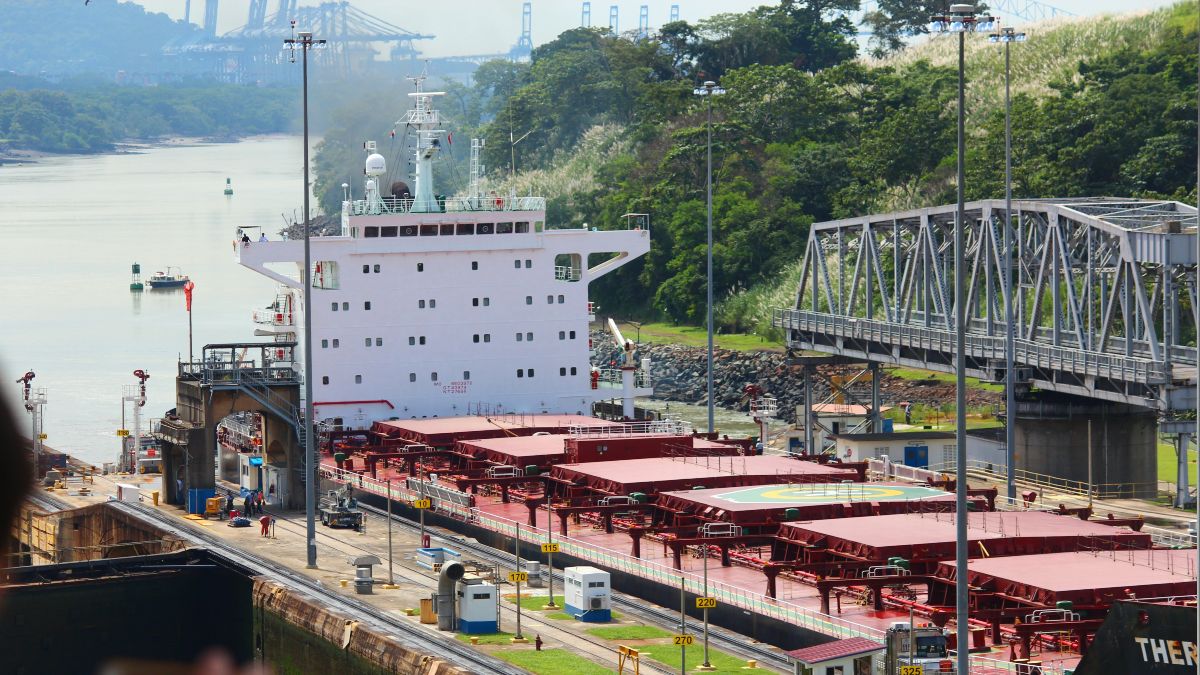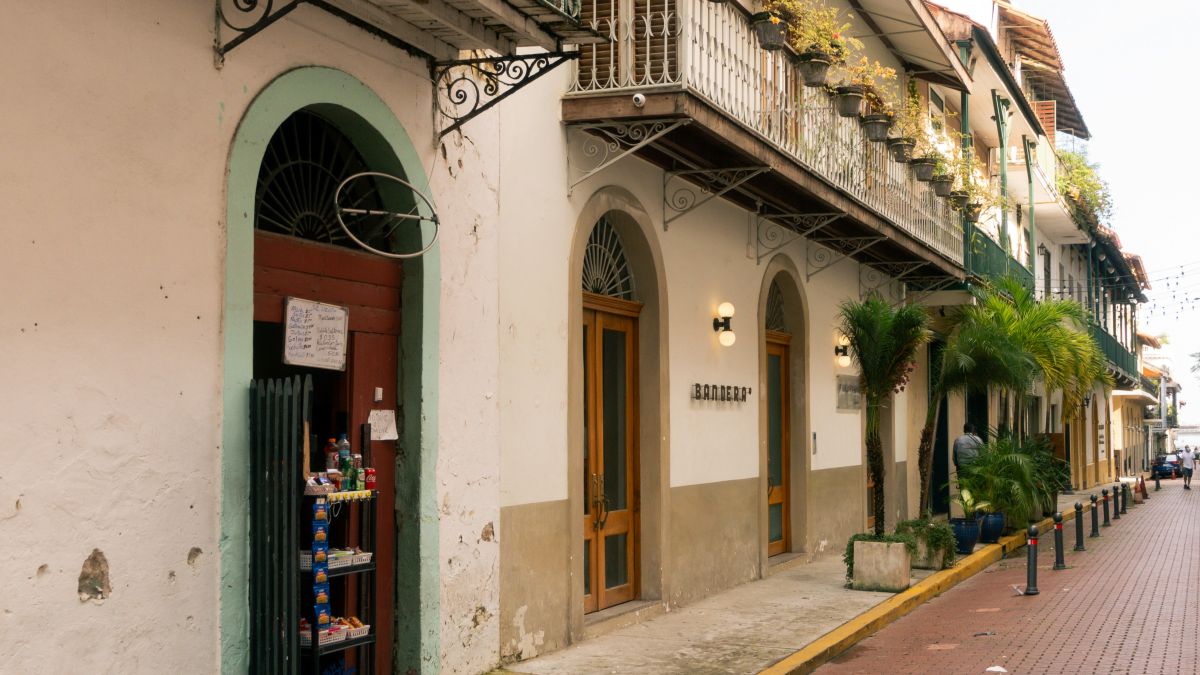Panama is now an extremely popular destination for expats. But what about the legalities of living in Panama? This article explores some different Panama residency options. If you’re thinking about moving to Panama, read on!
Panama is by far the most popular country in Central America for expats. In fact, according to an InterNations survey last year, Panama is the third-best country in the world. It’s safe, it’s affordable (if you’re coming many parts of the world, and it’s tropical. That means hot weather and gorgeous beaches. In short, Panama is a welcome place for expats.
But what about the legalities of living in Panama, residency-wise? How does all that work? Well, Panama offers a variety of attractive residency options for individuals looking to call this Central American paradise their new home. These options fall into three main categories:
- Retirement Visas
- Investment Visas
- Other Visas
In the article below, we’ll look at these options and also at possible Panamanian citizenship. Let’s take a deeper look.
Panama Retirement (Pensionado) Visas
To qualify for pensionado residency in Panama, you need to prove a guaranteed lifetime pension of $1,000 per month. If you’re married, this can apply to you or your spouse. Additional dependents require $250 extra per month. The minimum age is 18, making this residency option available to all, regardless of traditional retirement age.
The government fees for retirement residency total just over $600 per person. Hiring a lawyer is mandatory; doing it alone isn’t possible. To that end, organizations like NTL Trust can make the application process much easier for you.
The major advantage of this Panama residency is its one-time nature. Once approved, renewal isn’t necessary. The status is permanent if you spend at least one day per year in Panama. You also gain benefits like discounted public transport, lodging, and dining. Pensionados in Panama cannot work for pay within the country.
When retiring abroad, it’s worth knowing the requisites for legal residency. Here, we look at the retirement (or pensionado) options for residency in each Central American country.https://t.co/oBrA70Enzl
— Central America Living (@VidaAmerica) December 15, 2022
Panama Investment Visas
Panama’s “Residence by Investment” program comes in three main categories; the Friendly Nations Visa, the Qualified Investor Visa, and the Forestry Investor Visa:
Friendly Nations Visa
The Friendly Nations Visa is available to citizens of countries that have, well, friendly relations with Panama. Every now and then they update the list of eligible countries, so check for the most up-to-date information.
If you’re a citizen of one of the friendly countries, you can get this type of visa through a $200,000 real estate investment or by having $200,000 in a Panamanian bank free of encumbrances for at least three years.
Another way to get a Friendly Nations Visa is to have a job with a Panamanian company. It used to be that applicants set up their own companies in Panama and named themselves as employees. That loophole closed in 2021. But, if you have the required minimum $200,0000, the Friendly Nations Visas is straightforward, and remains popular with North Americans and Europeans.
Qualified Investor Visa
There are three ways to obtain this visa. You can either make a $300,000 investment in Panamanian real estate (increasing to $500k in October 2024), a $500,000 investment in Panamanian securities, or deposit $750,000 in an approved Panamanian bank. Each of these investments has a minimum shelf life of five years. All the investment funds must be foreign-sourced, coming from outside of Panama.
Forestry Investment Visa
Panama is one of several countries in Central America that offer a Forestry Investment Visa. You can get this type of residency by investing a minimum of $100,000 into a government-approved forestry project. This investment can be through real estate. Another option is investing the same amount in teak reforestation, which gives two years of temporary residence and can lead to permanent residence later. Or, for an immediate permanent residence status, you can invest USD 350,000 in teak reforestation.
Each of the Residency by Investment Visas listed above cover the applicant and immediate dependents (spouse, elderly parents, children under 25).
Residencies by investment in Central America: Whether you’re buying real estate, leaping into crypto, getting into the forestry business, or building a tourism nest egg, here’s a guide to investment residencies and how much each country costs.https://t.co/Xq7No3eyOK
— Central America Living (@VidaAmerica) December 6, 2022
Other Visa types and citizenship in Panama
There are other ways to get residency in Panama. This include work visas, student visas, and visas through marriage. Applicants working for religious organization can also apply for a specific visa along those lines. There’s also a digital nomad visa for those seeking a shorter-than-forever stay in the country.
After living in Panama for five years under one of the available residency programs, you can apply for citizenship. You must pass a citizenship exam, demonstrate proficiency in Spanish, and maintain a clean criminal record throughout your time as a resident in Panama. Dual citizenship is permitted in Panama, enabling you to keep your original citizenship.
Being a citizen grants you the right to vote, engage in politics, and potentially hold public office. Additionally, Panamanian citizens enjoy visa-free or visa-on-arrival travel to multiple countries.
Panama is a great place to live, work, and retire. The residency options available are varied and attractive, and the path to citizenship is straightforward. If you are looking for a new home in Central America, Panama is definitely worth considering.



